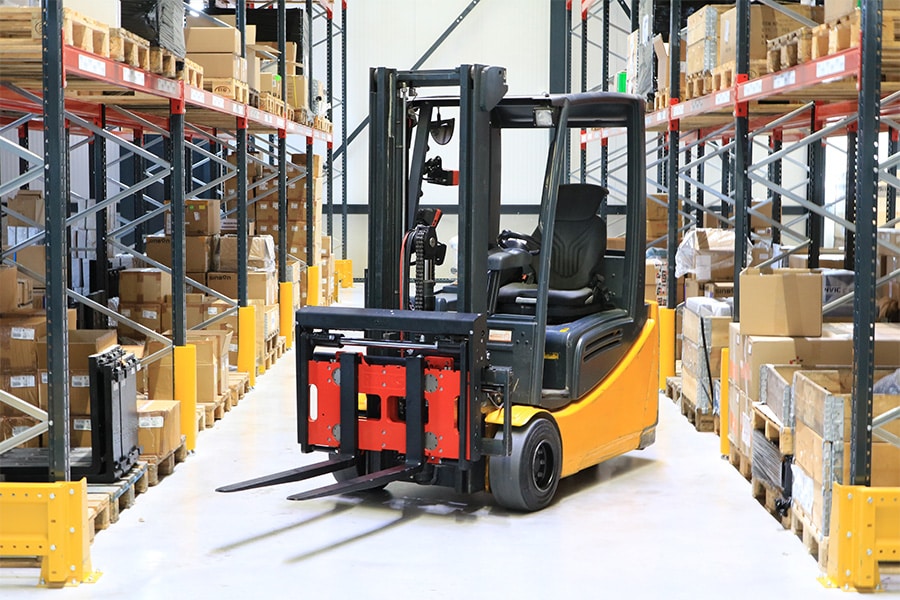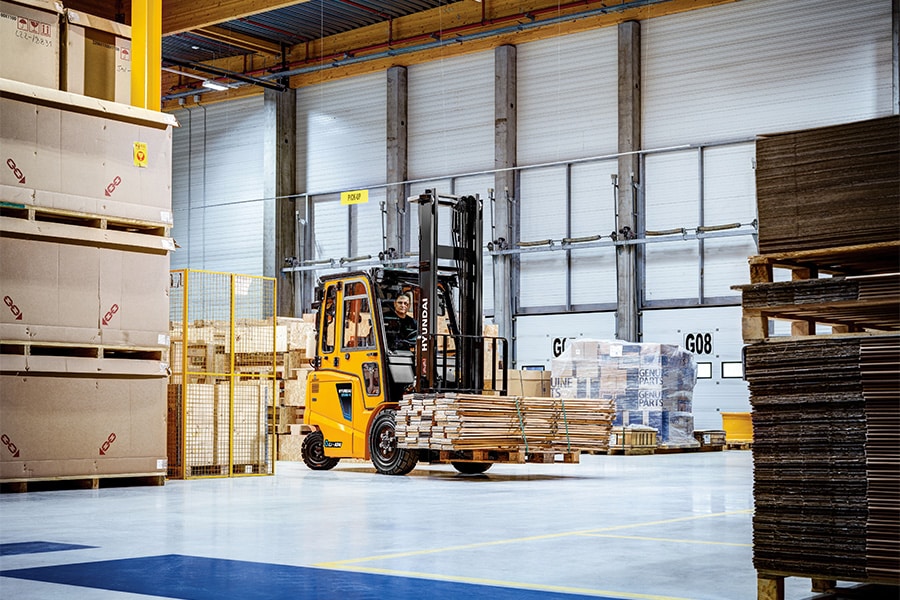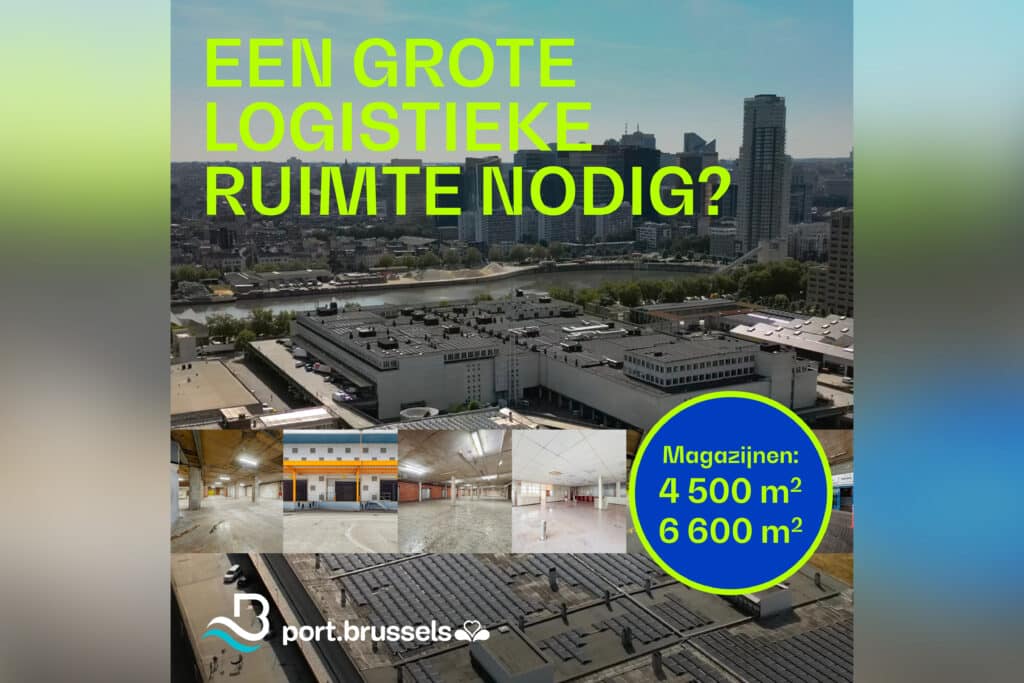
Port of Brussels leases new warehouses for sustainable urban logistics
In the heart of the capital, the Port of Brussels aims to become the hub for sustainable urban distribution. "We have assets that many entrepreneurs do not yet know about, such as flexible logistics spaces and a strategic location," says Luc Donck, team manager of Business Development at the Port of Brussels. With the rental of two spacious warehouses - right next to Thurn & Taxis - the public institution is further expanding its portfolio.
Strategic space in the city
Finding a suitable location for logistics in an urban environment is often a feat. Yet the Port of Brussels manages to offer just that: more than 100,000 square meters of storage and office space, close to the center and on the Antwerp-Brussels-Charleroi axis. "Our location is unique," emphasizes Luc Donck. "We are close to the customer, easily accessible and at the same time well anchored on the ABC axis. That makes our site attractive for those who want to supply the city efficiently."
The Port has a total of 116 acres and 8 kilometers of wharves, with an offer ranging from small units of twenty square meters to warehouses of ten thousand square meters. Ideal for attracting a diverse customer portfolio of start-ups, SMEs as well as major players.
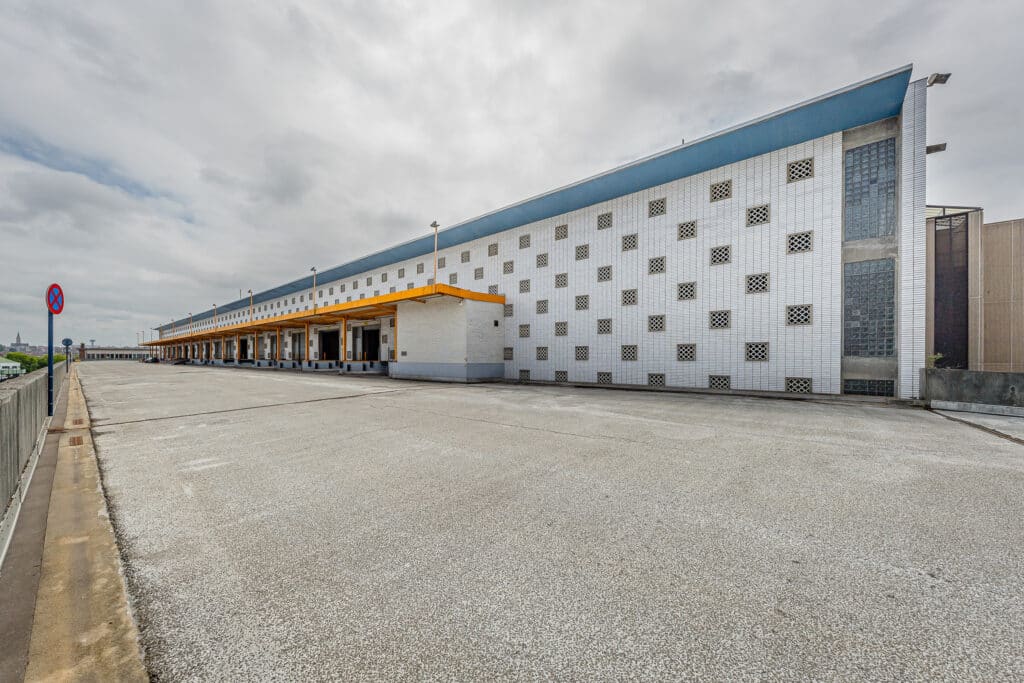
New opportunities due to expiring concessions
With a number of existing concessions coming to an end, space is freed up today for new users. This creates opportunities for a variety of sectors, from logistics and distribution to recycling, circular projects and urban services. "We are looking beyond mere square meters in this regard," Donck explains. "We want to attract companies that bring sustainable added value. Those committed to reduced carbon emissions or innovative urban logistics will have additional opportunities with us. As a public institution, we have a role to play there."
In addition, the Port encourages collaboration between companies. By filling sites intelligently and seeking synergies, new models of shared space use and more efficient logistics processes often emerge.
The TIR center as a logistics hub
The focus of current supply is in the TIR center at Havenlaan 104-106, near Thurn & Taxis. Two large warehouses are currently vacant there. Luc Donck: "The first comprises 4,560 square meters of ground-level storage space with eight loading docks and direct truck access via a viaduct. An additional office area of 81 square meters - expandable if desired - completes the site."
"The second space totals 6,600 square meters, divided into two levels and fully divisible into three separate sections. The first floor has seventeen unloading docks and a load capacity of six tons per square meter, while the upper floor supports one and a half tons per square meter. A light-rich office space of nearly 574 square meters provides additional comfort."
"Those buildings are ideal for companies that want to supply the capital with short lead times," Donck said. "From here you can be in the center in five minutes, while still having the advantages of a recognized logistics zone with easy access to the Brussels Ring Road."
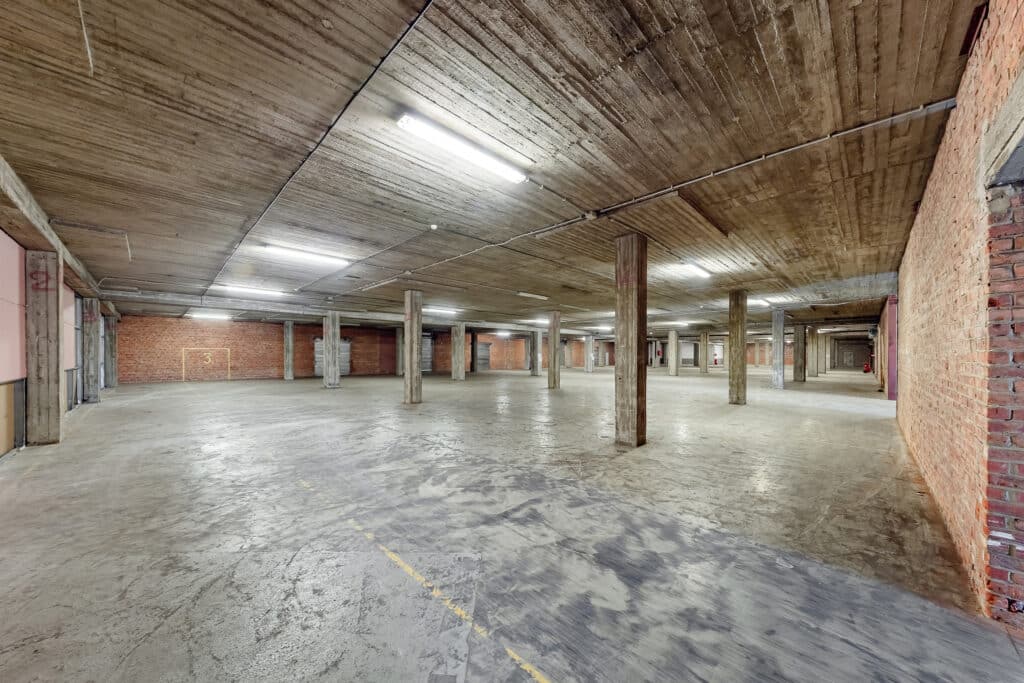
Trimodal access for sustainable mobility
In addition to its location, the port's multimodal accessibility also plays an important role. Companies can transport goods in and out by waterway and, since last year, also by rail. Combined with emission-free last-mile solutions such as cargo bikes and electric delivery trucks, this should help relieve traffic pressure in the city. "We want fewer trucks in downtown Brussels and more alternative means of transport," Donck said. "That is not only ecological, but also economically smart."
Public mission, economic engine
With these initiatives, the Port of Brussels clearly wants to profile itself as more than a real estate player. It invests in infrastructure, supports sustainable projects and stimulates local employment. "We are an economic engine for the Region, but at the same time a public player with a mission," concludes Donck. "Our ambition is to make Brussels a pioneer in urban logistics. And any company with vision for the future can benefit from that."
Heeft u vragen over dit artikel, project of product?
Neem dan rechtstreeks contact op met port.brussels.
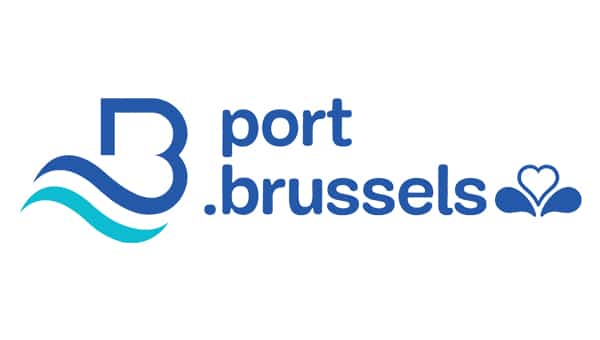 Contact opnemen
Contact opnemen

